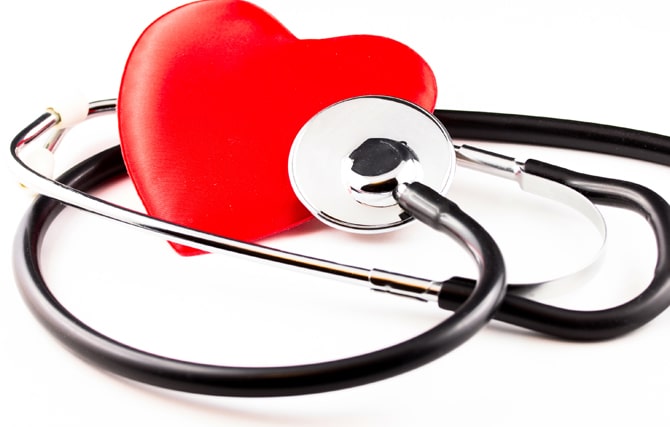A person can be at high or moderate risk to develop CVD as discussed below:
- Moderate risk doesn’t mean you are free from CVD. It means you need to make relevant changes in your lifestyle before it is too late. Though medicines are not usually prescribed in this category, you should do something to reduce whatever risk you have.
- High risk. If you are at high risk of developing a cardiovascular disease, we prescribed treatment with medicine and guide you along on your lifestyle issues.
How Jupiter Internal Medicine Associates, P.A. can help you with Cardiovascular Disease
We aim to give the right diagnosis and treatment so we can lead our patients to the improved health outcome.
Treatment of Cardiovascular disease is composed of medication and change in lifestyle.
- Medication to control the disease is usually prescribed.
- You will be advised to change lifestyle like quit smoking, change diet, participate in the active lifestyle.
- You will be referred to the specialist if you need to like: dietician, stop smoking clinic or surgeon. Serious cases usually undergo surgery.
There are four major types of CVD as follows:
- Coronary heart disease (CHD). When your heart’s blood supply is interrupted because of the fats (atheroma) in your coronary arteries, CHD occurs. This can cause chest pains(angina) and if the coronary arteries are completely blocked, you can have a heart attack.
- Stroke. It is a serious medical condition which the blood supply to the brain is interrupted. Since the brain needs a continuous supply of oxygen and nutrients provided by blood, these things should not be restricted or stopped. But because of blocked arteries, the blood supply is disturbed and restricted. This causes brain cells to die and will lead to brain damage or even death. Therefore, CVD is not something we take for granted.
- Peripheral vascular disease (PVD). This occurs when there is a blockage in the arteries in your limbs. Pain in your legs, thigh hips and calves are the usual problems. There will be a risk in getting the infection in an affected limb. In some serious cases, it can cause gangrene or tissue death that sometimes leads to amputation.
- Aortic Disease. This occurs when the aorta (the largest blood vessel) is restricted. It weakens and bulges outwards that causes pain in the chest, back or abdomen. The end result is that the amount of oxygen and nutrients available for the organs of the body is decreased.
If you have problems in any of CVD discussed above, you need to be regularly checked by a Clinical Team Member at our practice.


